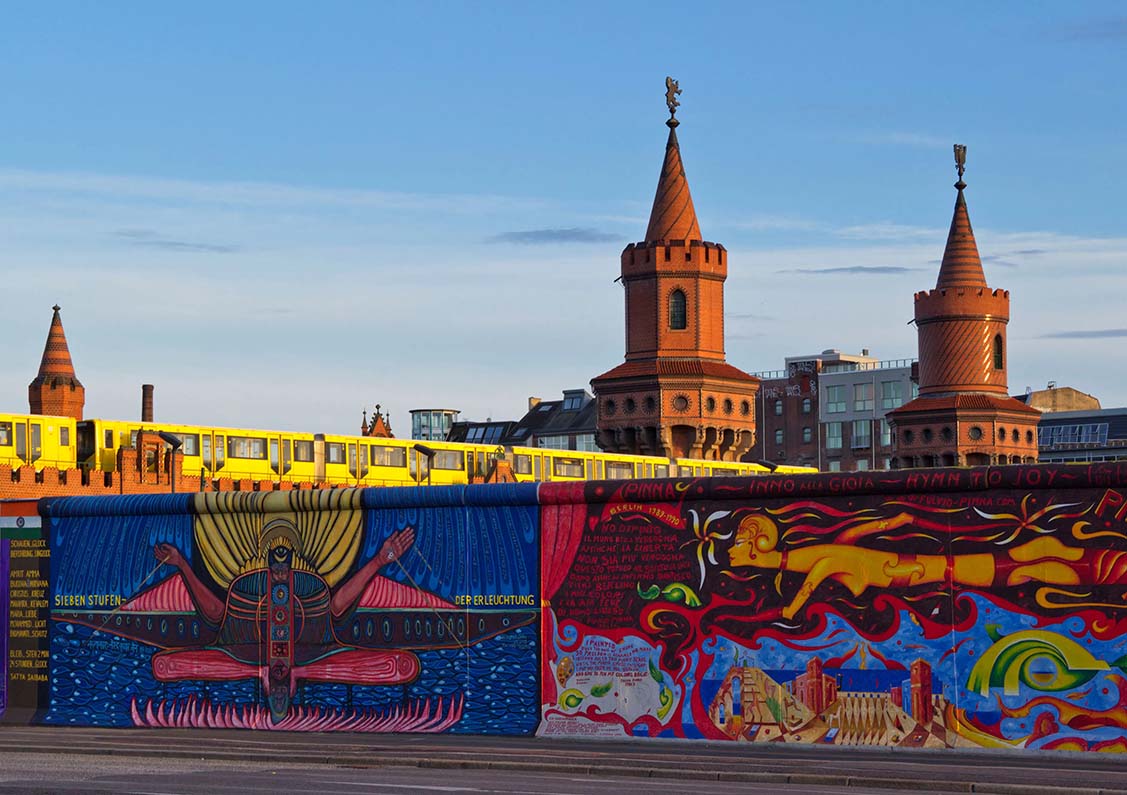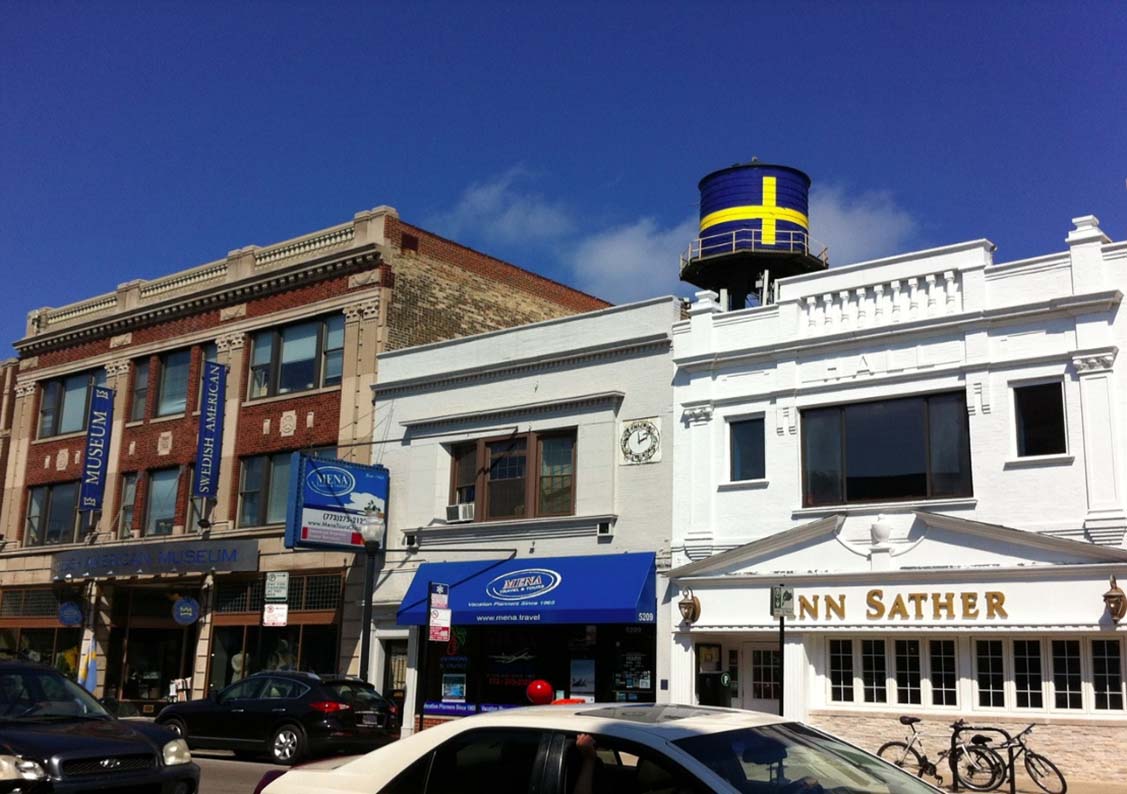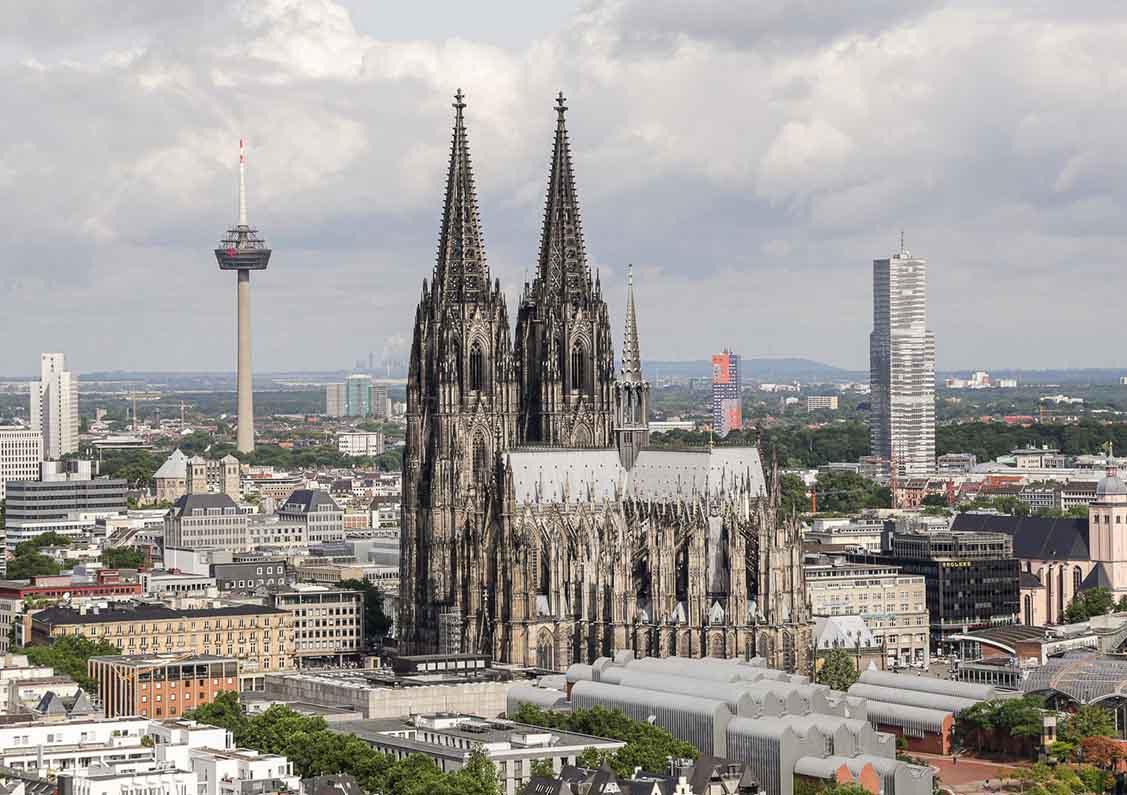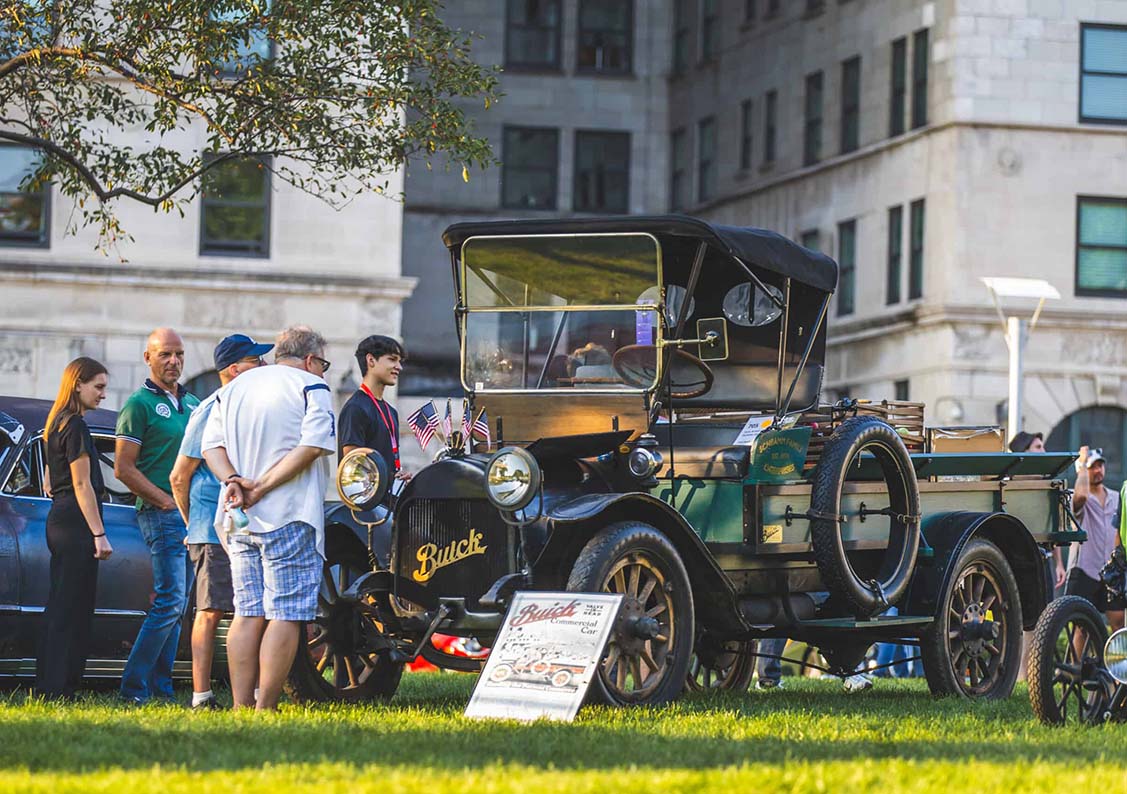As the capital of Germany, Berlin is not only the political and economic center but also a vibrant cultural city. It boasts a rich historical heritage where ancient buildings blend seamlessly with the modern urban landscape, attracting visitors from around the world. Whether you’re interested in history or eager to explore contemporary art and creativity, Berlin offers a wide range of experiences to satisfy your travel desires. Here, I’ll introduce you to some of the must-visit attractions in Berlin, taking you through the city’s past and present and letting you experience its unique charm.
1. Brandenburg Gate (Brandenburger Tor)
Brandenburg Gate is one of the most iconic landmarks in Berlin and a symbol of the city’s history. Built in the late 18th century, it was a triumphal arch of Prussia and has witnessed numerous significant historical events. Particularly during the Berlin Wall era, Brandenburg Gate became a symbol of the division between East and West Berlin. With the fall of the Berlin Wall, it became a symbol of Germany’s reunification. Today, it remains a must-visit spot for tourists in Berlin.
2. Berlin Wall Memorial and East Side Gallery
The Berlin Wall Memorial is an important site for understanding Berlin’s history. From 1961 to 1989, the Berlin Wall divided the city, separating East Berlin from West Berlin. Today, the East Side Gallery, a section of the Berlin Wall, has become one of the world’s longest open-air galleries, showcasing thousands of graffiti and artworks that express the thoughts and emotions of Berlin’s people before and after the fall of the Wall. Visitors can walk alongside this historical monument and feel the profound impact it had on the city’s residents.
3. Museum Island (Museuminsel)
Located in the heart of Berlin, Museum Island is a UNESCO World Heritage site. It is home to five world-renowned museums: the Altes Museum, Neues Museum, Alte Nationalgalerie, Bode Museum, and Pergamon Museum. Among them, the Pergamon Museum is particularly famous for its ancient art collections, including the Gate of Ishtar from ancient Babylon, Islamic art, and Greek antiquities. These museums provide an excellent opportunity to dive into ancient cultures and history, making it an essential stop for anyone looking to explore Berlin’s rich historical past.
4. Berlin Cathedral (Berliner Dom)
Berlin Cathedral is one of Germany’s largest churches and is located at the center of Museum Island. Its magnificent architectural style and beautiful dome are awe-inspiring. The interior of the cathedral is richly decorated with many precious works of art and frescoes. Visitors can climb to the dome and enjoy a breathtaking panoramic view of Berlin. Berlin Cathedral is not only a symbol of religious faith but also a significant part of the city’s history.
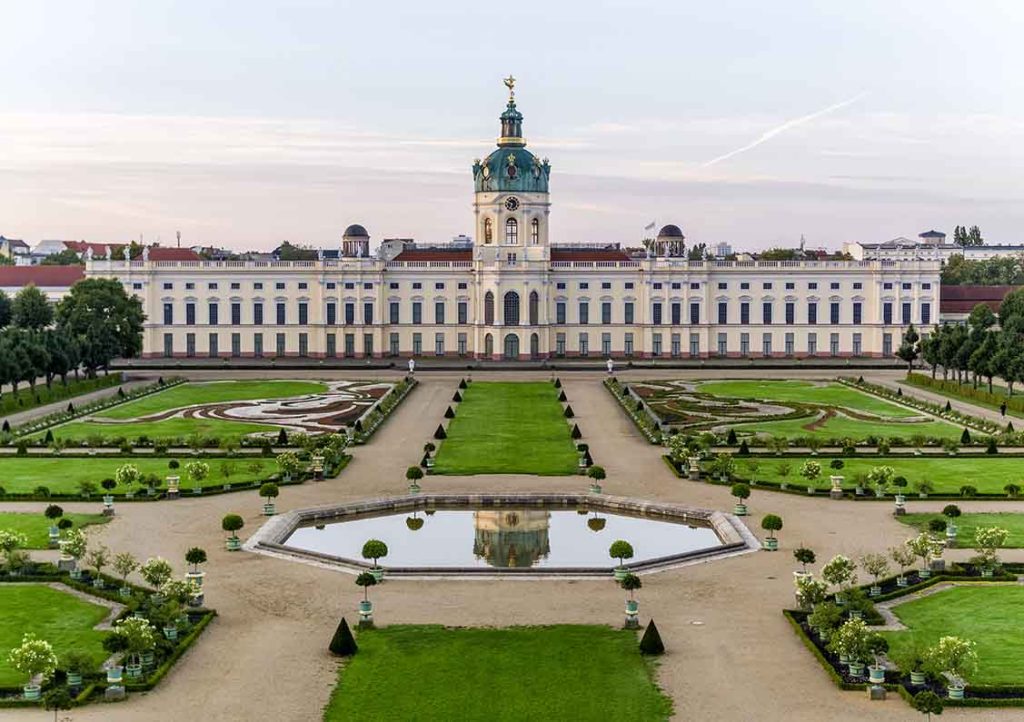
5. Charlottenburg Palace (Schloss Charlottenburg)
Charlottenburg Palace is one of Berlin’s most famous palaces, dating back to the late 17th century. It was originally the summer residence of the Prussian kings. The palace is home to an impressive collection of art, particularly Baroque-style architecture and decorative arts. The surrounding gardens are equally charming and offer a peaceful place for a stroll. Charlottenburg Palace not only showcases the grandeur of the Prussian royal family but is also an important site to learn about German aristocratic culture.
6. Alexanderplatz
Alexanderplatz is one of Berlin’s busiest commercial areas and a major transportation hub. The famous Berlin TV Tower (Berliner Fernsehturm), standing at 368 meters tall, is one of Berlin’s landmarks. Visitors can take an elevator to the top for a stunning view of the entire city. Around the square, there are many shopping malls, restaurants, and cafes, making it a great place for shopping and relaxing.
7. German Historical Museum (Deutsches Historisches Museum)
The German Historical Museum is one of the best places to learn about the history of Germany. Its exhibits cover a wide range of historical periods, from ancient times to the modern era, and include German culture, politics, art, and military history. The museum showcases a wealth of historical artifacts, documents, and interactive exhibits, making it an ideal destination for anyone wishing to deeply understand Germany’s history.
8. Kurfürstendamm
Kurfürstendamm is one of Berlin’s most fashionable shopping streets, a paradise for shoppers. Here, you’ll find numerous luxury brand stores, trendy boutiques, and various restaurants and cafes. It’s the perfect place to experience modern Berlin’s vibe. In addition to shopping, the area also has historical buildings and cultural sites, offering visitors a blend of retail and cultural experiences.
9. Berlin Zoological Garden (Zoologischer Garten Berlin)
Berlin Zoo is one of the oldest zoos in the world, established in 1844. The zoo houses a wide range of animal species, from elephants to pandas, making it an ideal destination for family visitors. The zoo also features the world-renowned Aquarium, displaying a vast array of marine life, making it a great place to explore the mysteries of the natural world.
10. Reichstag Building
The Reichstag is a symbol of German politics and an important landmark in Berlin. Its modern glass dome was designed by renowned architect Norman Foster. Visitors can enter the building for free and climb to the top of the dome to enjoy a panoramic view of Berlin. Surrounding the Reichstag is a large green space and historical sites, making it an excellent place for walking and taking photos.
11. Hamburger Bahnhof – Museum für Gegenwart (Berlin Museum of Contemporary Art)
The Hamburger Bahnhof is one of the largest contemporary art museums in Germany, housed in a historic railway station building. The museum focuses on art from the 20th and 21st centuries, featuring works by renowned artists such as Andy Warhol, Marcel Duchamp, and Joseph Beuys. Its exhibits are highly creative and experimental, attracting art enthusiasts and creative individuals alike. If you’re interested in modern art, this museum is a must-visit.
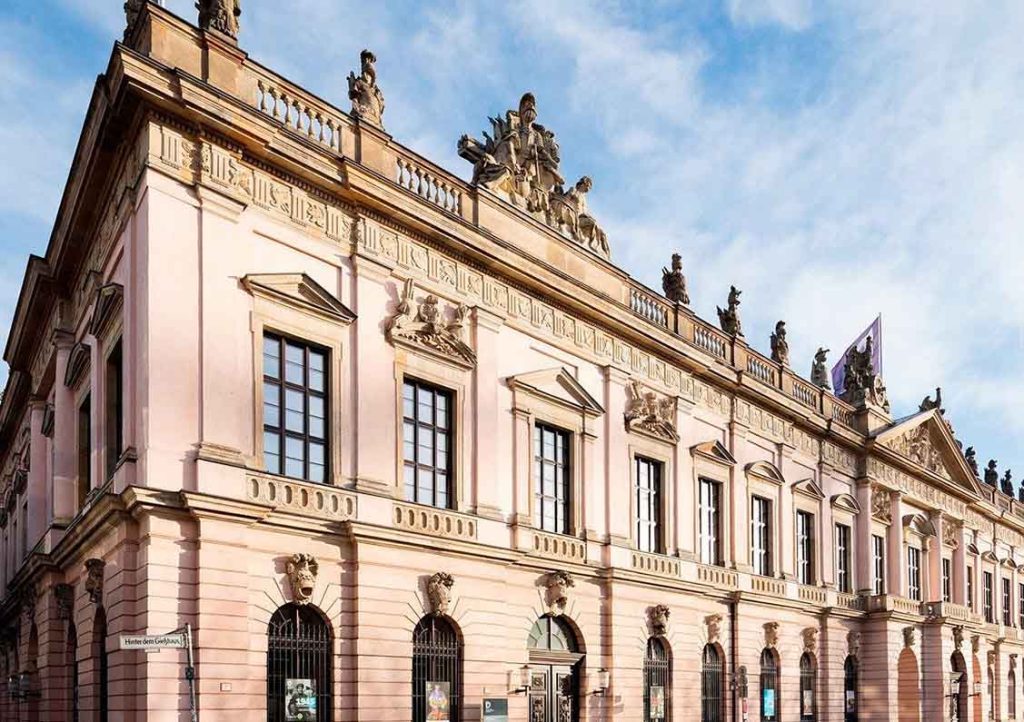
12. Jewish Museum Berlin
The Jewish Museum Berlin is one of the largest Jewish museums in Germany. The museum’s exhibits showcase the rich cultural heritage of Jews in Germany and their complex history. Designed by famous architect Daniel Libeskind, the building itself is striking and has strong symbolic meaning. Through multimedia exhibits, documents, and historical artifacts, the museum tells the story of Jews in Germany, especially their suffering during World War II. Visiting the Jewish Museum is not only a reflection on history but also a deep exploration of cultural diversity.
13. Berlin Botanical Garden (Botanischer Garten Berlin)
The Berlin Botanical Garden is one of the largest and most beautiful botanical gardens in Europe, home to around 20,000 species of plants and hundreds of greenhouses displaying flora from around the world. It’s not just a haven for biologists and plant enthusiasts, but also a peaceful place for visitors to relax and enjoy nature. Whether you’re walking through the garden across the four seasons or exploring tropical plants in the greenhouses, the Berlin Botanical Garden offers an ideal setting to unwind and connect with nature.
14. Deutsches Technikmuseum Berlin (German Museum of Technology)
The German Museum of Technology showcases technological advancements from Germany and the world. Exhibits include devices ranging from early steam engines to modern space technology. The museum has several sections dedicated to aviation, aerospace, communication, and transportation, displaying Germany’s achievements in these fields. Notably, the museum has a large, interactive aerospace exhibit, highlighting spacecraft and technology used in space exploration. Tech enthusiasts will be fascinated by the museum’s vast collection.
15. Gropius Bau
Gropius Bau is one of Berlin’s renowned art museums, located in the city center. The building, designed by famous architect Walter Gropius, is a prime example of modernist architecture. The museum hosts various contemporary art exhibitions, covering diverse forms of art, including modern photography, painting, and installation art. Whether you’re interested in modern art or architectural design, Gropius Bau offers a wonderful artistic experience.

16. Staatsoper Unter den Linden (Berlin State Opera)
The Berlin State Opera, founded in 1741, is one of the oldest opera houses in the world. Its classical architectural style and superb acoustics make it one of the city’s cultural highlights. The opera house regularly stages a variety of classic operas, symphonies, and ballet performances, drawing music lovers and tourists alike. A visit to the Berlin State Opera offers the chance to enjoy world-class performances while appreciating the building’s architectural beauty.
Berlin: A Fusion of History and Modernity
Berlin is a city of contrasts and harmony, where its rich historical heritage blends with modern innovation and vitality. Every building and street carries deep historical significance while embracing contemporary culture, diversity, and creativity. From Museum Island to Brandenburg Gate, and from modern commercial districts to artistic neighborhoods, Berlin is undoubtedly a city worth exploring. Whether you’re passionate about history or enjoy the convenience and vibrancy of modern urban life, Berlin offers endless opportunities for discovery and surprises. In this city, history and modernity come together to create a unique tapestry that awaits your exploration and appreciation.
